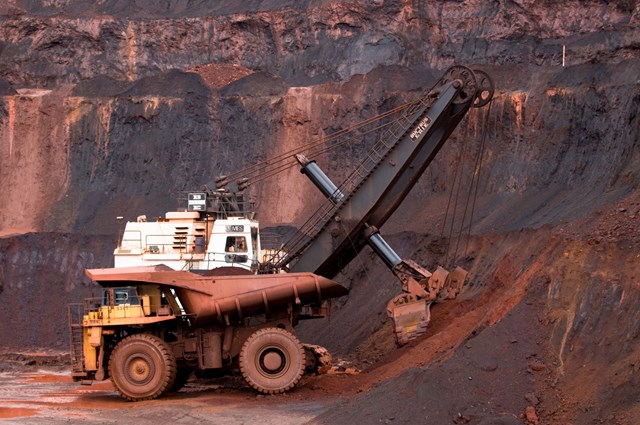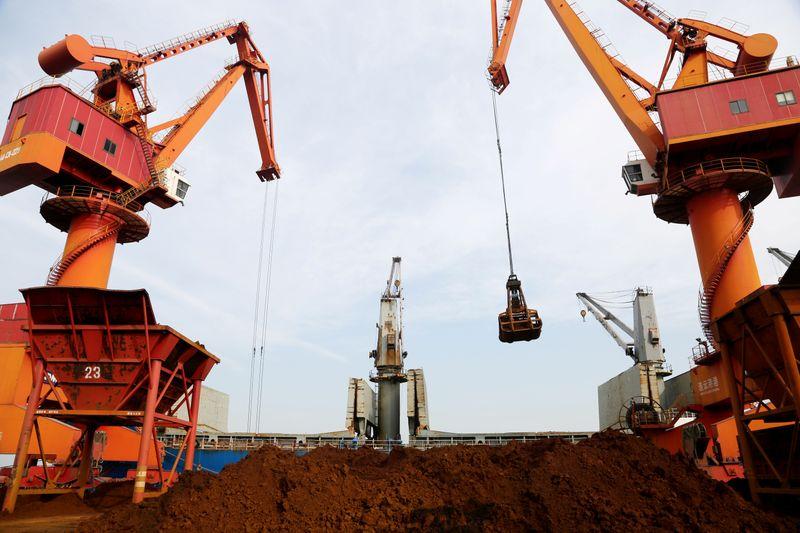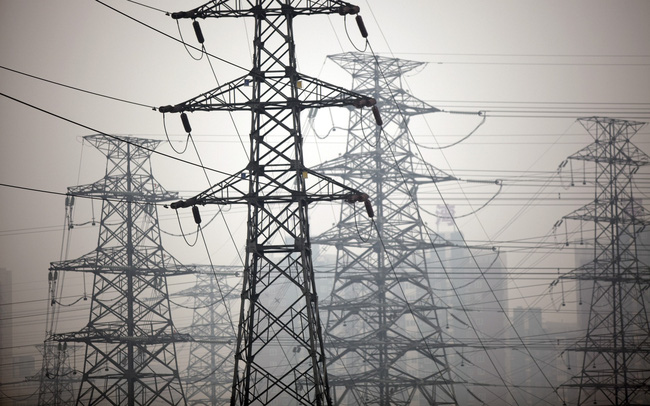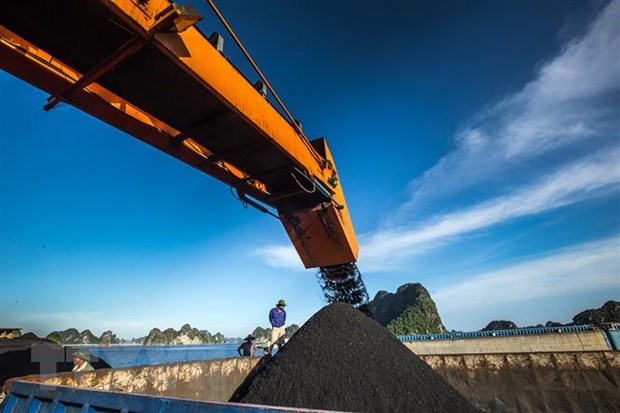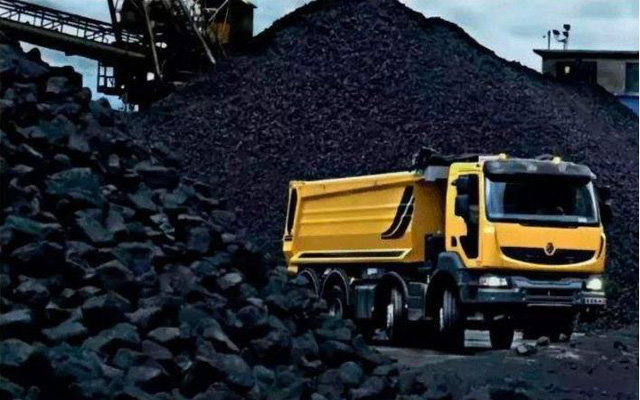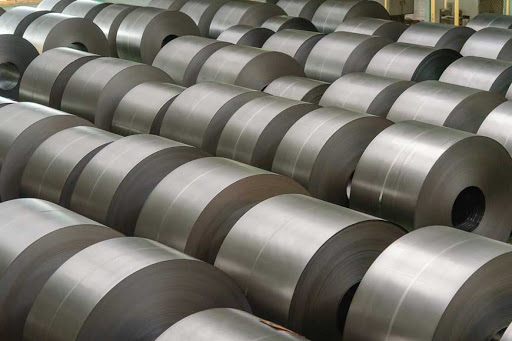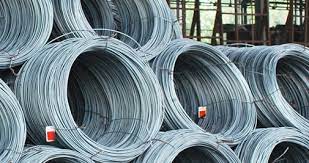China is in an all-electric crisis because there is not enough energy for production and business activities and everything happens in just 6 steps.
According to Foreign Policy, China “is going through a difficult time when it comes to continuous challenges, from Evergrande’s default in the real estate market to the most recent power shortage crisis.
The problem of energy shortages has been warned by many experts for several months, but they became especially acute last week when 20/31 provinces and cities in China suffered a temporary power cut, disrupting production as well as production. people’s activities. Even in the capital Beijing, which often takes precedence in the energy supply system, a rotational blackout plan has to be taken into account.

In fact, power cuts used to be a Chinese specialty as they happen frequently, and households always have plenty of backup tools like flashlights or generators ready for this. In the 2000s, people in the capital Beijing also had to accept the loss of power every few months.
Entering the 2010s, China’s energy supply stabilized, and people began to be unfamiliar with power outages. Many organizations and residential areas gradually abandoned generators as well as the former backup devices. As a result, when the power failure returned on a large scale, many provinces and cities across the country fell into crisis.
The situation is so serious that people in many places do not have a phone signal to call for help, traffic lights in some provinces have also been reduced to save electricity while a series of production activities have been halted. All cases are summed up in just 6 steps:
1. Than
China’s economy relies heavily on coal for thermal power. About 56% of the country’s electricity comes from coal. However, the use of thermal power causes serious environmental pollution, especially with the air, so the Beijing government has determined to reduce greenhouse gas emissions from now to 2030, starting with limiting the use of coal-fired power.
It is this factor that has led the authorities to limit coal mining activities, and at the same time tighten management and issue new regulations for the mining industry. By the time the Covid-19 pandemic broke out, the situation became even more manageable when coal mines were temporarily closed while the demand for factories and businesses also went down.
2. Pandemic
As the economy reopens and factories need electricity, China’s supply begins to fail. The long-term closure and strict regulations have prevented the country’s coal production from catching up. The data shows that in the first eight months of 2021, the capacity of thermal power plants in China increased 14% year-on-year, but coal output increased by only 6%.
Meanwhile, the eco-friendly electricity segment is not enough to meet the demand due to the rainy season with little wind.
3. Price increase
When China was about to import coal, they suddenly discovered that the market price had increased by 100% because many parts of the world such as Europe were also in need of coal for the coming winter. A major source of coal imports, Australia, has also been disrupted by diplomatic tensions and trade conflicts.
4. Price ceiling
In many countries, the price increase will be passed on to customers by companies by raising the price of electricity. But China imposed a ceiling price, causing power companies to refuse to buy coal at high prices and then lose money. Thermal power plants would rather reduce capacity or even suspend operations instead of incurring losses.
5. Hoarding
In addition, the coming winter makes many northern provinces of China, where the country’s largest coal mines are, to focus on hoarding as heating materials, thereby making the coal shortage even more serious.
6. Greenhouse gas emissions
Finally, the fact that 20/31 provinces have not met the target of reducing greenhouse gas emissions has been required to strengthen the control of polluting factories. As a result, many factories were asked to suspend operations during peak hours or even close until new notice. Of course, this cause does not contribute much to China’s current crisis and the main reason is still the lack of coal.
The lack of electricity has caused a series of production plants to supply companies such as Apple or Tesla to be interrupted. Partners from Intel, Nvidia or Qualcomm are also affected and potentially creating a new chip shortage crisis.
Many factories that are racing to produce supplies for the upcoming Christmas season also have to suspend operations, signaling a holiday shortage in the context of global trade has not recovered from the pandemic.
Worse, similar to Britain’s lack of gasoline, the lack of electricity caused many businesses, factories and households to rush to store generators or spare tools and materials. It is the impact of this crowd that exacerbates the crisis by affecting the supply chains of many other items.

China’s too much dependence on thermal power is showing weaknesses. Image source: Fortune
Morgan Stanley’s report shows that about 7% of China’s aluminum production has stalled after last week’s power outage. This figure is 29% for cement, paper and glass.
It is surprising that while many places have reduced production due to power shortages, a steel factory 100 miles from Beijing has been ordered to limit production to keep the capital’s sky blue during the Winter Olympics. to be held in February 2021.
As a corollary, Goldman Sachs and Nomura both lowered their 2021 growth forecasts for China from 8.2% to just 7.7%.
T&G International Joint Stock Company
Address: 352 Hue Street, Le Dai Hanh Ward, Hai Ba Trung District, Hanoi
Hotline: 0345786803
Email: hrm@tginterjsc.com
Website: http://tginternationaljsc.com



